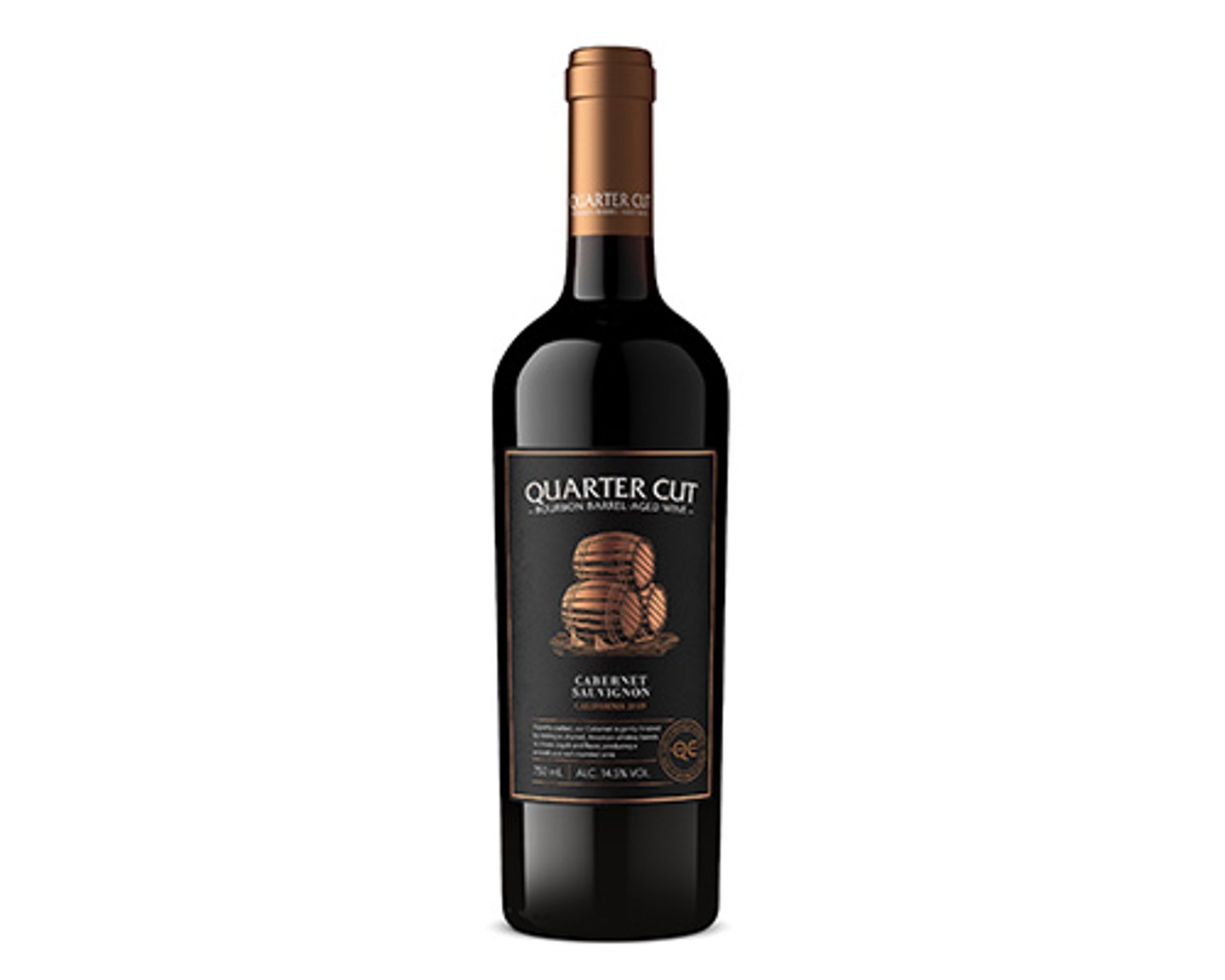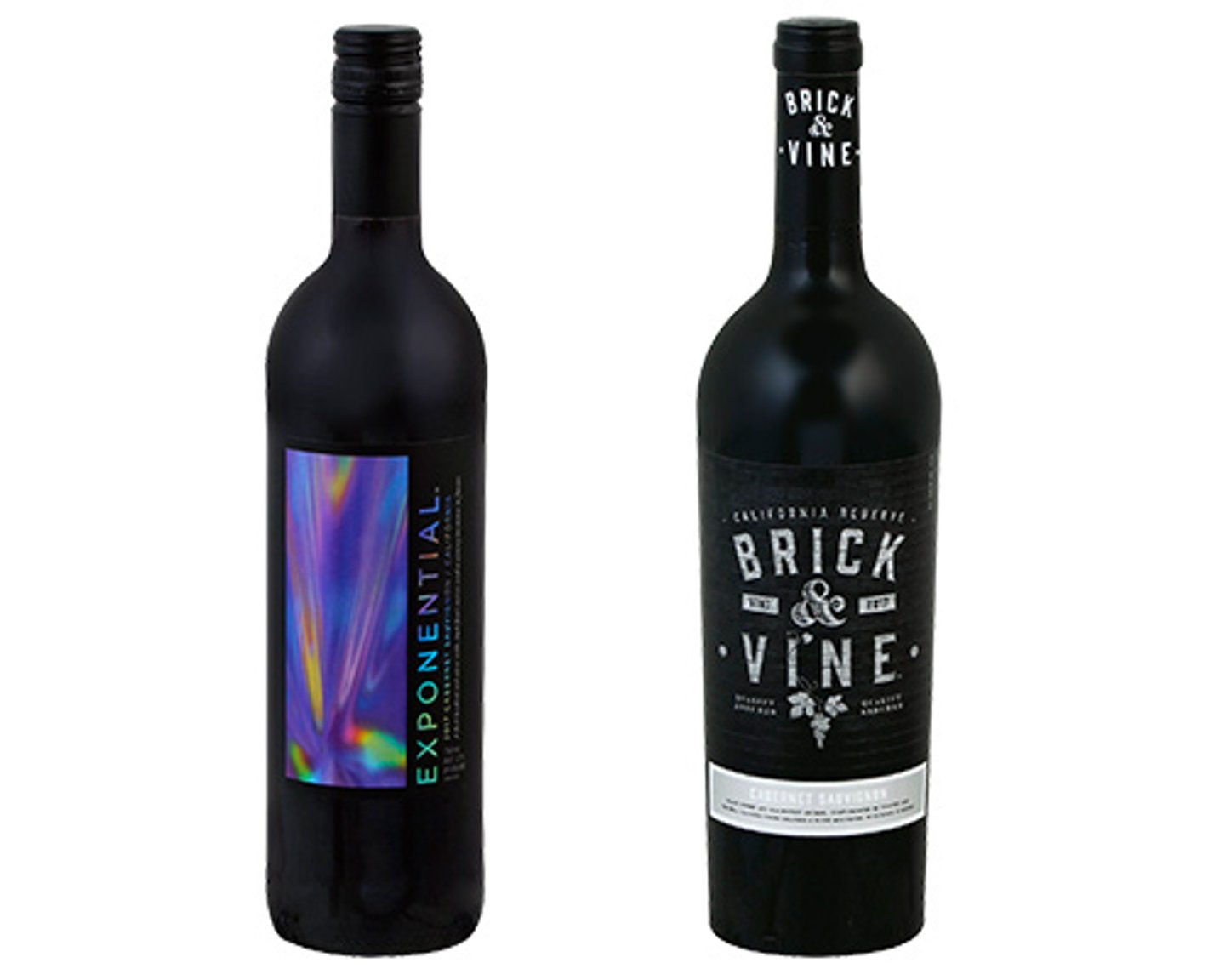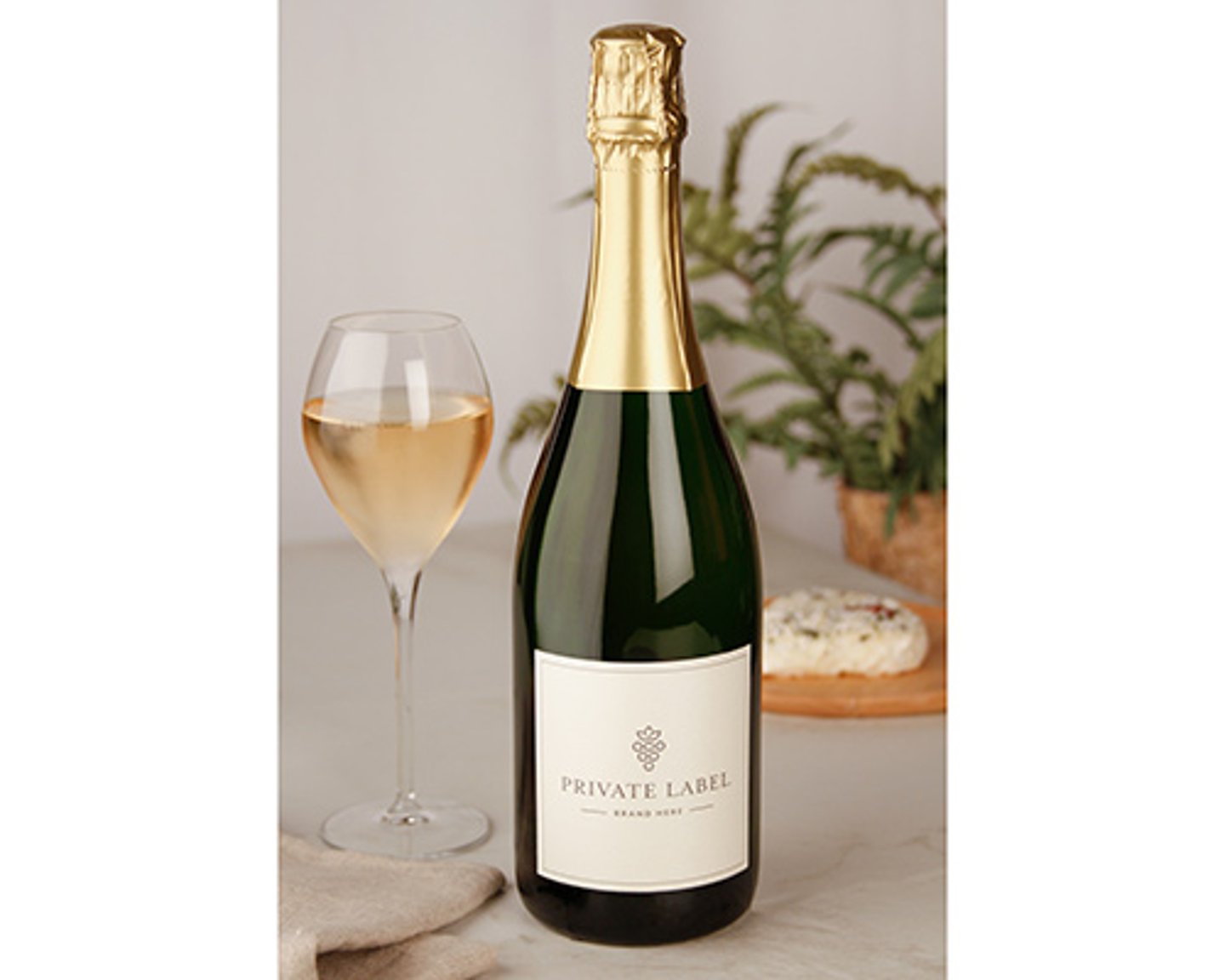Wine report: Retailers uncork big profits with private label wine
For private label wine, it’s more grape expectations.
In 2020, some 40,000 consumers voted for their top picks in packaged goods for Product of the Year USA. The winner in the wine category was not a recognized-name varietal from a storied vintner, but rather a $10 Quarter Cut Bourbon Barrel-Aged Cabernet Sauvignon sold exclusively at Aldi.
Welcome to the new world of private label wine. True, shoppers have long embraced the private vino collections of such chains as Aldi, Kroger, Target and Trader Joe’s as a viable alternative to branded wine. But lately, the category has reached a new level of acceptance. Based on recent blog entries, Aldi customers awaited the arrival of the retailer’s Advent calendar wine selections as anxiously as they did for the same promotion featuring dogs, cats, Hot Wheels and Mattel Barbie.
Beer advent calendars are also popular items but that category is in a slow down that's looking to bounce back, perhaps through private label. Wine, however, keeps flourishing.
“Many of our award-winning wines are less than $10, which proves quality doesn’t always mean expensive,” said Joan Kavanaugh, vice president of national buying services at Aldi U.S. All 24 bottles in the 2020 Advent calendar were from Aldi wine brands that are available year-round, she noted. “We heard from shoppers that when they have a wine they love in their Advent calendar, they want to be able to buy more, which is why we have several of the wines available in full-size bottles.”
Similarly, Albertsons’ Own Brands team also hand-selected wines for its wine Advent calendar and Costco has had success with its calendars for wine and beer.
Sales of private label wines have been on an upward trajectory for several years. According to IWSR Drinks Market Analysis data, consumption of private label wines rose 9% in the United States from 2014 to 2018, and another 6.2% in 2019 (the latest available data period), while branded wine consumption remained essentially flat during the period. Per Nielsen, private label brands accounted for 3.12% of all wine sales at mass merchants, convenience and liquor stores for the 52 weeks ended Jan. 2.
“More retailers are citing private brands as a pillar of their overall corporate growth strategy plans, and the demand is carrying over to the wine category,” said Kate Helm, senior manager of private brands at E. & J. Gallo Winery. She noted that E. & J. Gallo doubled its private brand volume sales between 2014 and 2018 and is on track to repeat that performance through 2022. “We’ve experienced double-digit volume growth in each of the last nine years and forecast similar growth again in 2021.”
Action at the High End
While much of the volume in the private label wine category continues to be driven by the value segment, retailers are increasingly responding to consumer demand for higher-quality products, including premium and super-premium wines. Private wine brands are experiencing a similar shift toward premiumization as that of national brands, although Helm said the price thresholds and levels of success can vary significantly in each segment.
“For those specialty retailers with well-trained staff with the ability to hand sell or interact directly with consumers, the price threshold for a private brand wine increases significantly and can, at times, be on par with national brands,” said Helm. “In other retailers, many consumers have shown a preference to stick with familiar national brands at a super-premium price point versus trying new private brand wine offerings."
Albertsons, for example, offers wine under its premium Signature Reserve line at a price point more in line with a premium wine. It’s Exponential Cabernet Sauvignon and Brick & Vine Cabernet Sauvignon, however, are sold for less than $10. Winners in the 2020 Editors’ Picks awards, the wines are top sellers, per IRI. Brick & Vine is a store brand that generates more than $2 million annually, and the cabernet sauvignon version representing 35% of that.
Retailers and manufacturers have been forced to work more creatively throughout the COVID-19 pandemic to promote consumer awareness on private brand wines online, and Helm said those digital efforts have paid off. “Many retailers focused on building a strong omnichannel presence within their private brand wine category by highlighting their private label brands on their websites, landing pages and social media accounts,” she said.
Giant Food debuted its Artie wines — which run for less than $10 a bottle — in its 163 stores in the Washington, D.C., region, promoting them with exciting in-store displays.
“We’ve also seen an increase in the visibility and awareness of private label wine through retailer advertising on various online shopping platforms that offer direct-to-consumer delivery by third-party delivery companies.”
As with all alcoholic beverage categories, COVID-19 shifted many on-premise sales to retailers — but that did not appear to slow the premiumization trend. Nielsen data showed that the $20- to $25-per-bottle price tier fueled much of the sales growth at mass retailers last spring, and that same tier led all other price segments with a 30.8% increase in year-over-year dollar sales for the 52 weeks ended Dec. 26, 2020.
Hot Segments: Sparkling Shines
Despite some initial concern that pandemic restrictions would tamp down consumer sentiment, it appears that many consumers still felt like celebrating at home with some bubbly. Data from Nielsen off-premises outlets showed a 12% year-over-year increase in sparkling wine sales through early September of 2020. Retailers have been riding the wave by offering more private label options in the traditionally sparse category.
“We’ve made a big push in the last few years to show retailers they have the ability on the sparkling side, which is the fastest-growing segment of the wine industry, to have a traditional method for producing sparkling wine. We’ve seen a lot activity [at retailers] across the country,” said Mark Garaventa, general manager at Rack & Riddle Custom Wine Services in Healdsburg, Calif.
Setting the right price threshold is particularly important in sparkling wines, where consumers tend to recognize a handful of names like Chandon, according to Garaventa. “Most retailers would like to be priced in the $12.99 to $15.99 range, and we’re able to provide those price points because we’re not a branded house.” Sparkling wine in general costs more to produce, he said but the quality in private label today is “just as good, if not better,” that in comparable price points for still wine.
The growing popularity of sparkling wine also is spilling over into the fruit-flavored wine segment. “Consumers are seeking out wines that are lighter, more refreshing and effervescent, and offer great fruit-forward notes,” Helm said.
IRI data through last November showed volume sales in fruit varietal wines were up nearly 50% and dollar sales were up over 80%.
“This tells us that not only is there an increase in physical demand, but that consumers are willing to spend more per bottle than they have in years past,” Helm said. “We’re seeing these wines drive new users to the wine category while giving more seasoned wine drinkers exciting and fun flavors."




